In the previous article, we introduced Zeng Guofan and Zuo Zong Tang’s calligraphy, this article will introduce the calligraphy of Li Hongzhang and Zhang Zhidong.
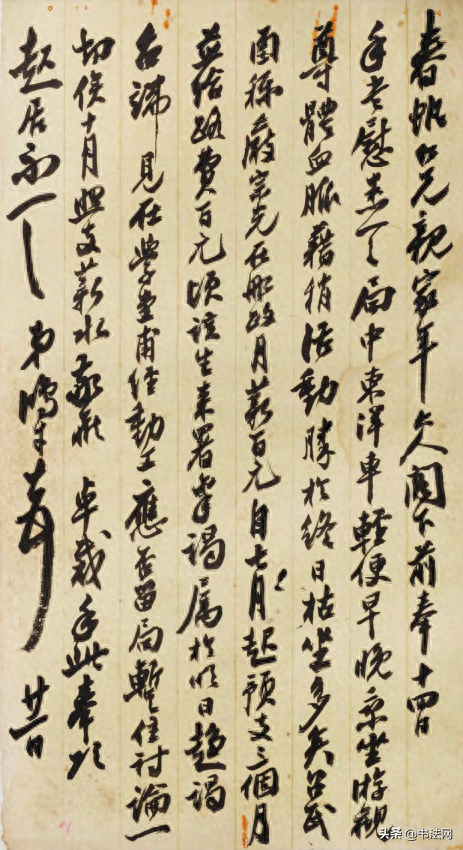
Li Hongzhang's calligraphy
Li Hongzhang, also known as Jianfu and Shaoquan, was born in Hefei, Anhui in the third year of Daoguang (1823). As a Jinshi scholar, he was determined as a young man and read poetry and books. The evaluation of Li Hongzhang himself can be described as "ice and fire". Those who respected him called him "Li Zhongtang" and "the paper maker who turned the tide"; but those who opposed him scolded him as a "traitor" and "huge corruption". Frankly speaking, it is difficult to say that Li Hongzhang was a wise minister in the true sense, but he also made contributions.
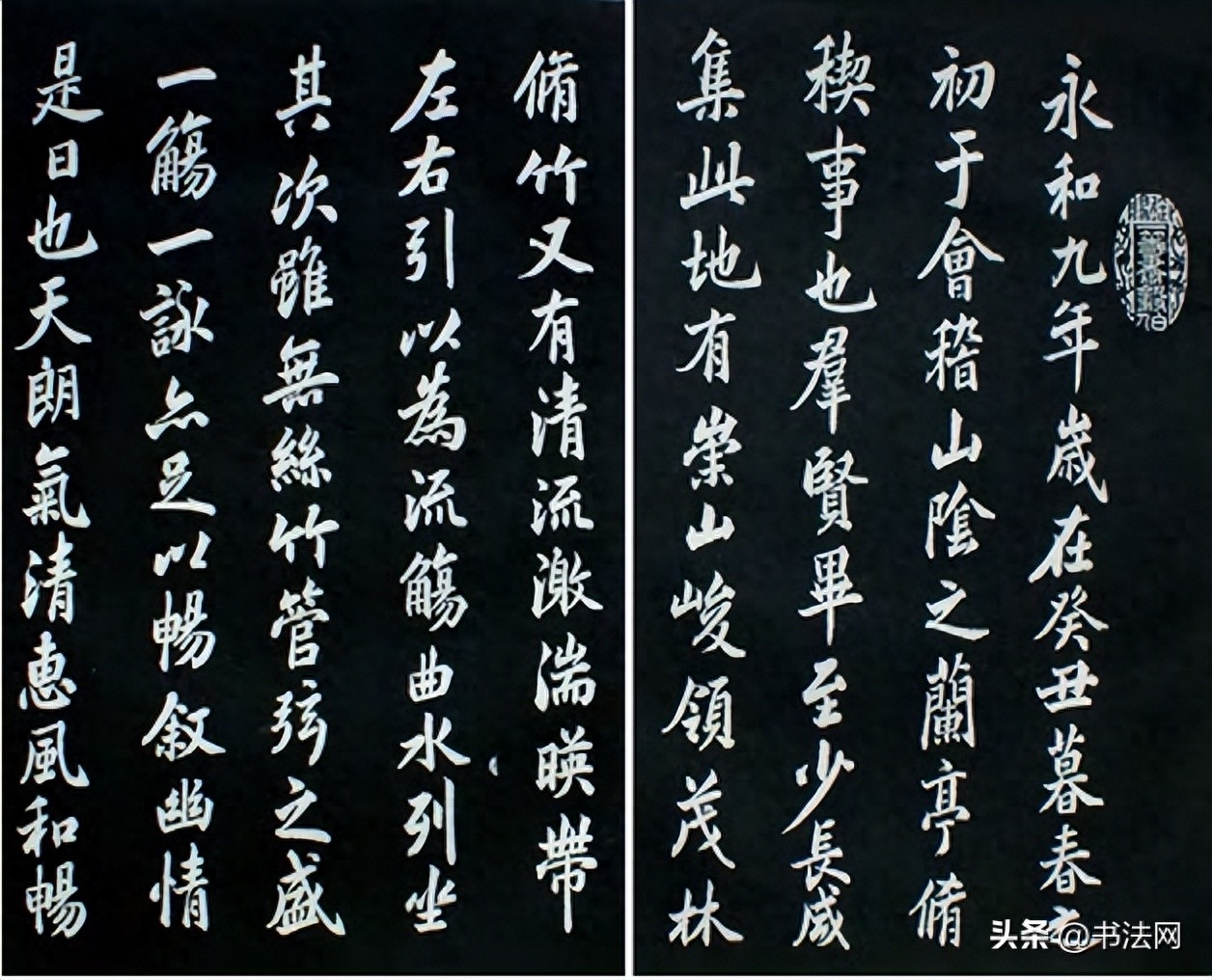
Li Hongzhang's calligraphy
Li Hongzhang was once a disciple of Zeng Guofan, and his calligraphy was also influenced by Zeng. Overall, he mainly focused on "Tie Xue". According to the "Manuscripts of Qing History: Biography of Li Hongzhang": "Ju Heng spent a lot of time in his spare time. He placed a Song rubbing of "Lanting" on his desk and copied hundreds of characters every day. He had a constant dial in his diet and daily life. He was good at memorializing, and he was called Zeng and Li together." This shows that Li Hongzhang has a deep study of the "Two Kings" brushwork.
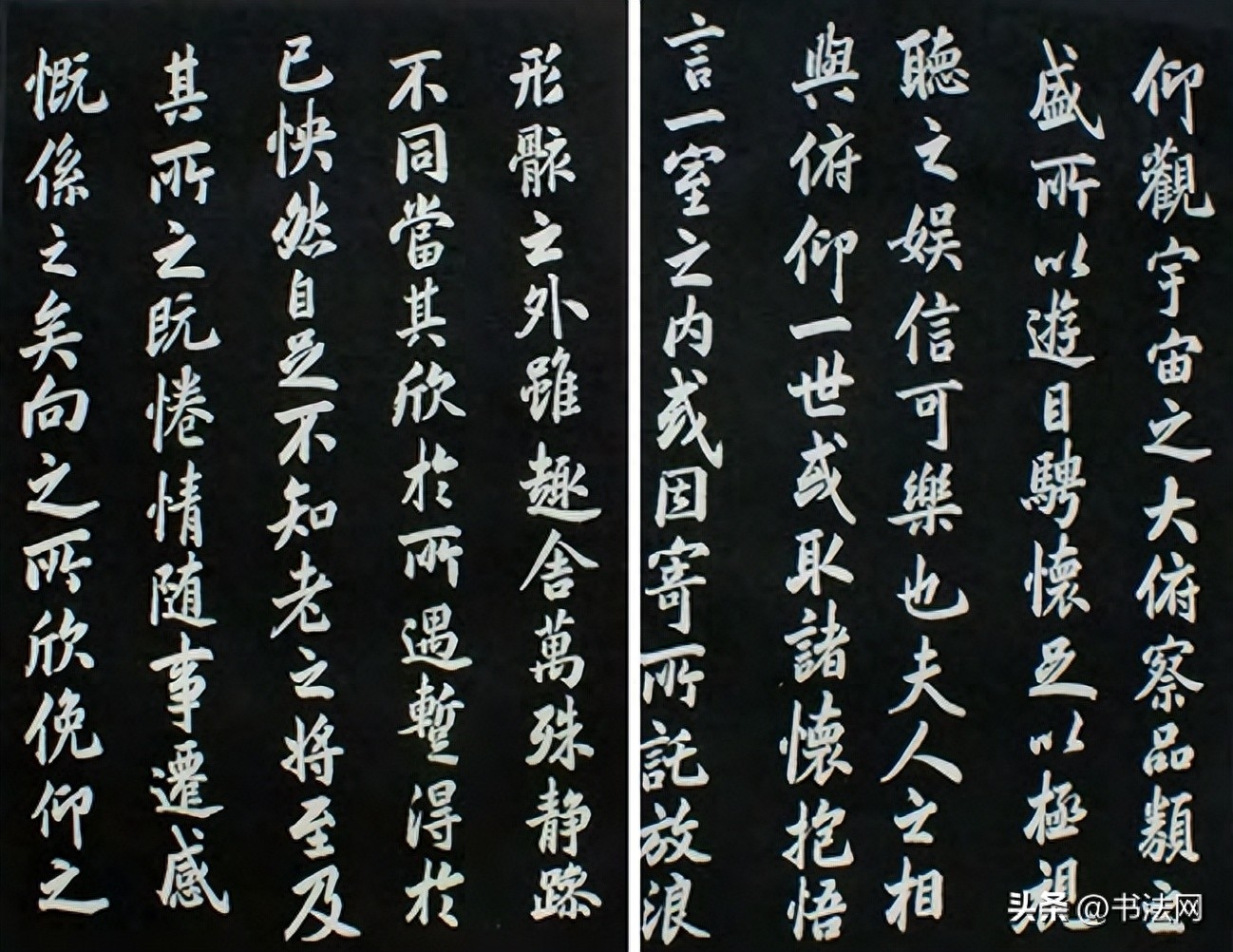
Li Hongzhang's calligraphy
Li Hongzhang never left the "Two Kings", which can be seen in his "Calligraphy Guidance Letter" to his younger brother: "The third brother's writing is quite good, but Xi Yan and Liu Gezi seem to be too restrained, and the lively spirit cannot be expressed in On paper, it is best to study the character Zhao instead, and it will be much more interesting to read Beihai's "Yunhui Stele"."
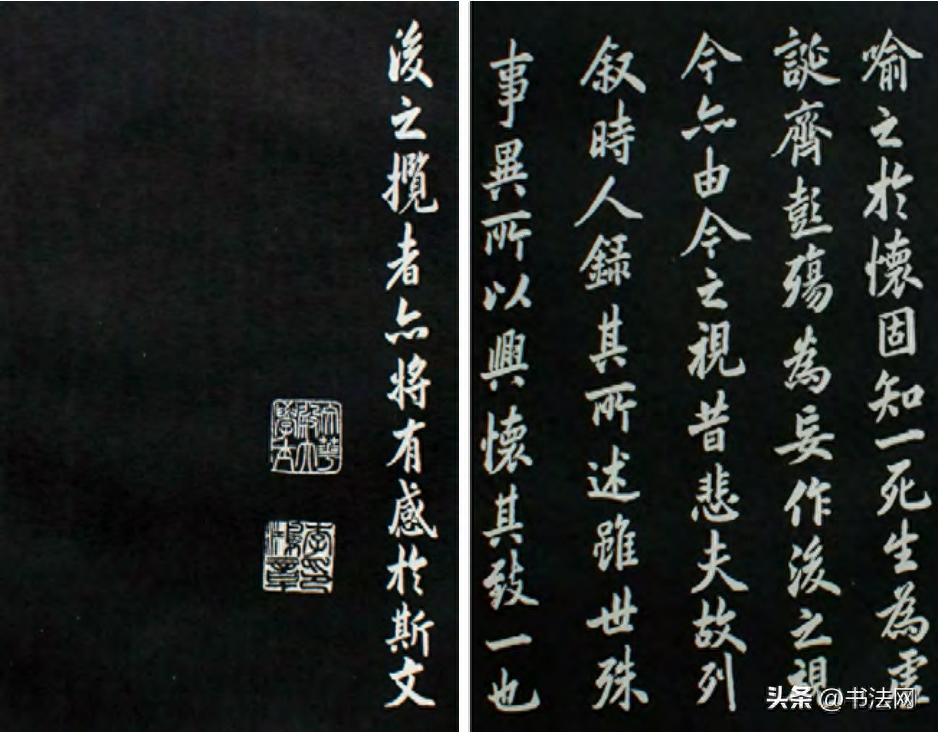
Li Hongzhang's calligraphy
Li Hongzhang's calligraphy handed down from generation to generation is mainly composed of letters and handwritten notes. His calligraphy strokes are centered, the tip of the pen is inserted into the paper, and the strokes are extended straight down, and the adjustments and twists are also authentically passed down in the Wei and Jin Dynasties. The brushwork is rich and full of twists and turns. The hooks and hooks are pointed inwards, which is called "inner strokes"; the turning points, square folds and round pens appear alternately, which is also well-known for the true biography of "Holy Teaching Preface" and "Lanting Preface". The characters are tied to the side, tilted upward to the right, the strings are pulled, the strokes are broken and the meaning is connected, and the composition has a strong sense of rhythm, which are all derived from "Lanting's brushwork".
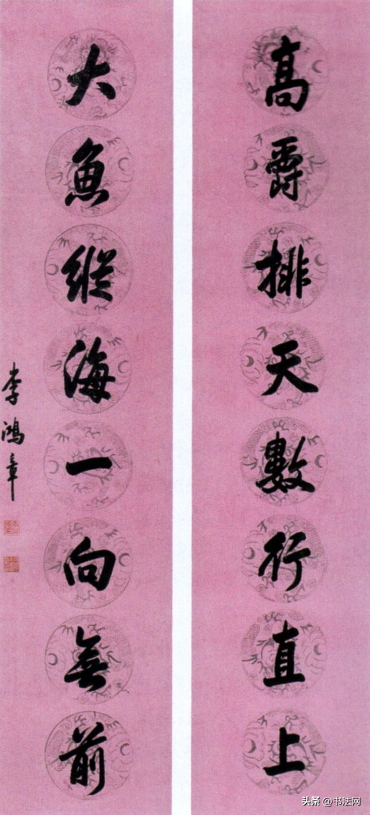
Li Hongzhang's calligraphy
Li Hongzhang learned the versatility of the "Two Kings" calligraphy. Influenced by Li Yong and Xu Hao, Li Hongzhang's knotted characters became more generous, stretched, rich and powerful. By comparing the "Lanting Preface" he copied, we can find that although Li Hongzhang's skills are profound, he lacks Wang Xizhi's free and unrestrained spirit.
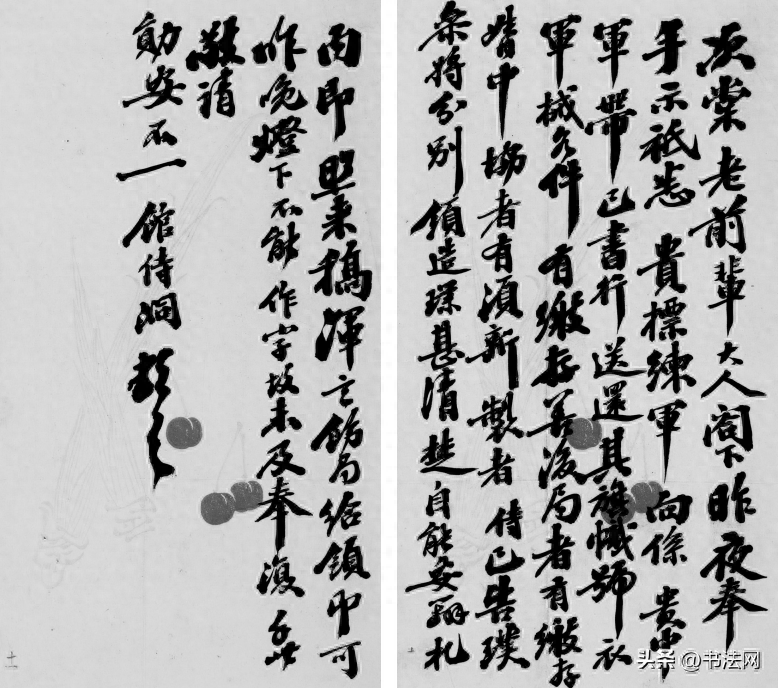
Zhang Zhidong calligraphy
Zhang Zhidong was a very pragmatic and capable minister. He was born in Anlong County, Guizhou in the 17th year of Daoguang (1837). His courtesy name was Xiaoda and his nickname was Xiangtao. Because he served as governor and was in charge of military affairs, people at the time called him "Zhang Xiangshuai". . Because his father was the prefect, Zhang Zhidong received an excellent education since he was a child. Zhang Zhidong drew his methods from Yan Zhenqing, Su Shi, Zhao Mengfu, Dong Qichang and others, which was a typical scholar-official line in the Qing Dynasty, and the same was true for Lin Zexu.
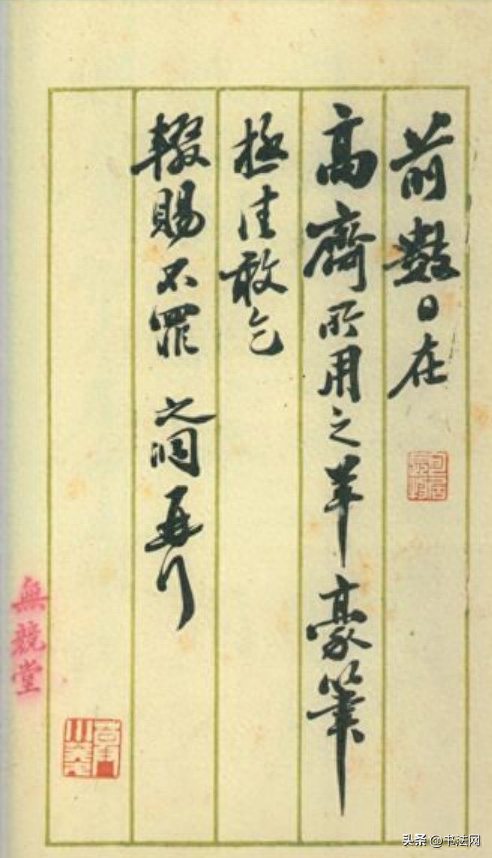
Zhang Zhidong calligraphy
Zhang Zhidong is particularly fond of Su Shi's calligraphy. Judging from his handed down works, the characters are often broad and flat, the ink is strong, and the strokes are thick yet flexible. The overall style of Zhang Zhidong's calligraphy is to seek smoothness with the brush, sparseness in the knotting of words, and density in the composition.
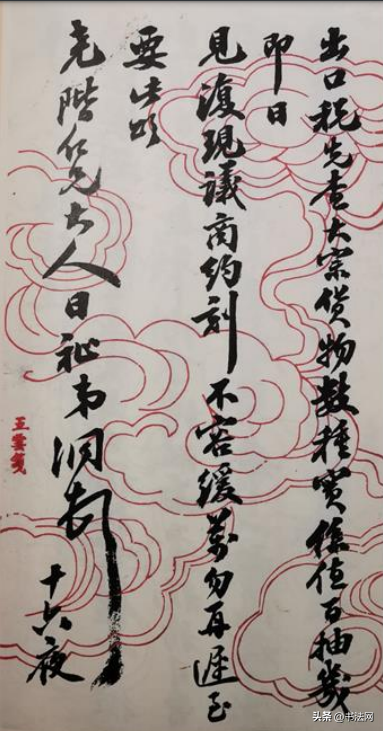
Zhang Zhidong calligraphy
The calligraphy styles of these four ministers are different, and there is no distinction between superior and inferior. However, in terms of the fineness of calligraphy and the depth of their skills, masters and apprentices such as Zeng Guofan and Li Hongzhang are better; let’s look at the results in the auction market. , Zeng Guofan's most expensive work was "Seven Character Couplets in Running Script" sold in 2010, which sold for 1 million yuan; Zuo Zongtang's highest transaction record was 425,600 yuan; Li Hongzhang's highest transaction record was 369,600 yuan, and Zhang Zhidong's The highest record was 347,000 yuan, and Zeng Guofan won the first place.
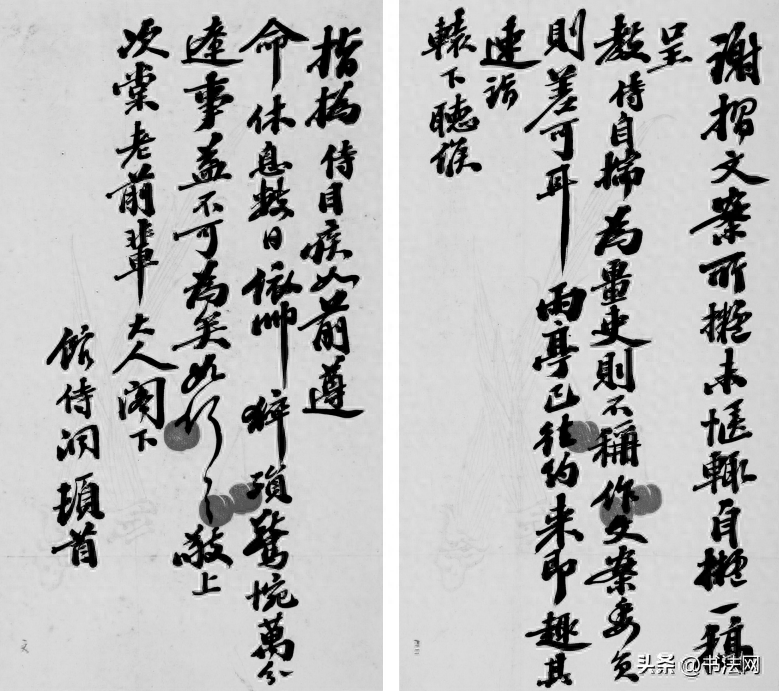
Zhang Zhidong calligraphy
Generally speaking, Zeng Guofan's calligraphy is the first of the "Four Famous Officials".
What do you think about this? Welcome to discuss in the comment area!
Articles are uploaded by users and are for non-commercial browsing only. Posted by: Lomu, please indicate the source: https://www.daogebangong.com/en/articles/detail/zeng-guo-fan-li-hong-zhang-zuo-zong-tang-zhang-zhi-dong-wan-qing-si-da-ming-chen-shui-de-shu-fa-zui-jia.html

 支付宝扫一扫
支付宝扫一扫 
评论列表(196条)
测试